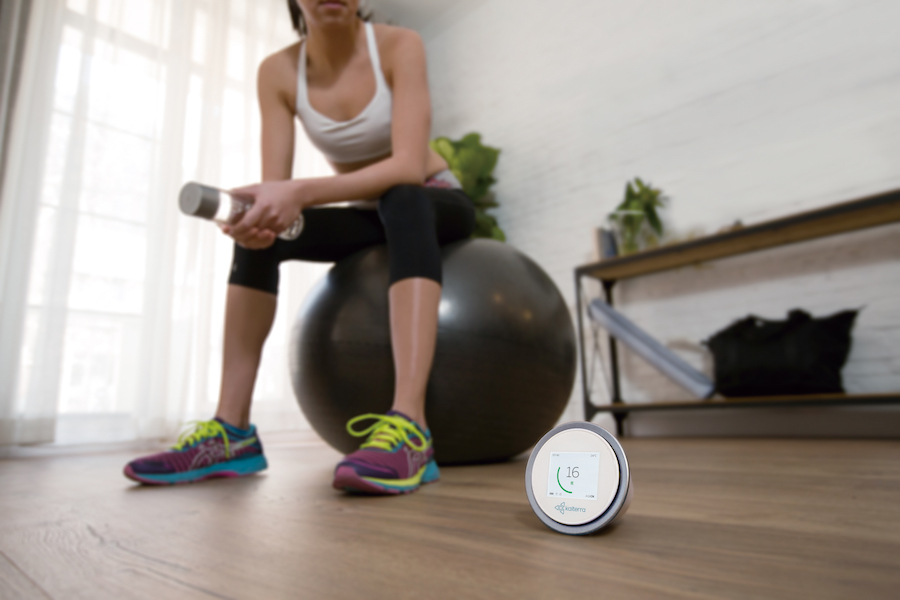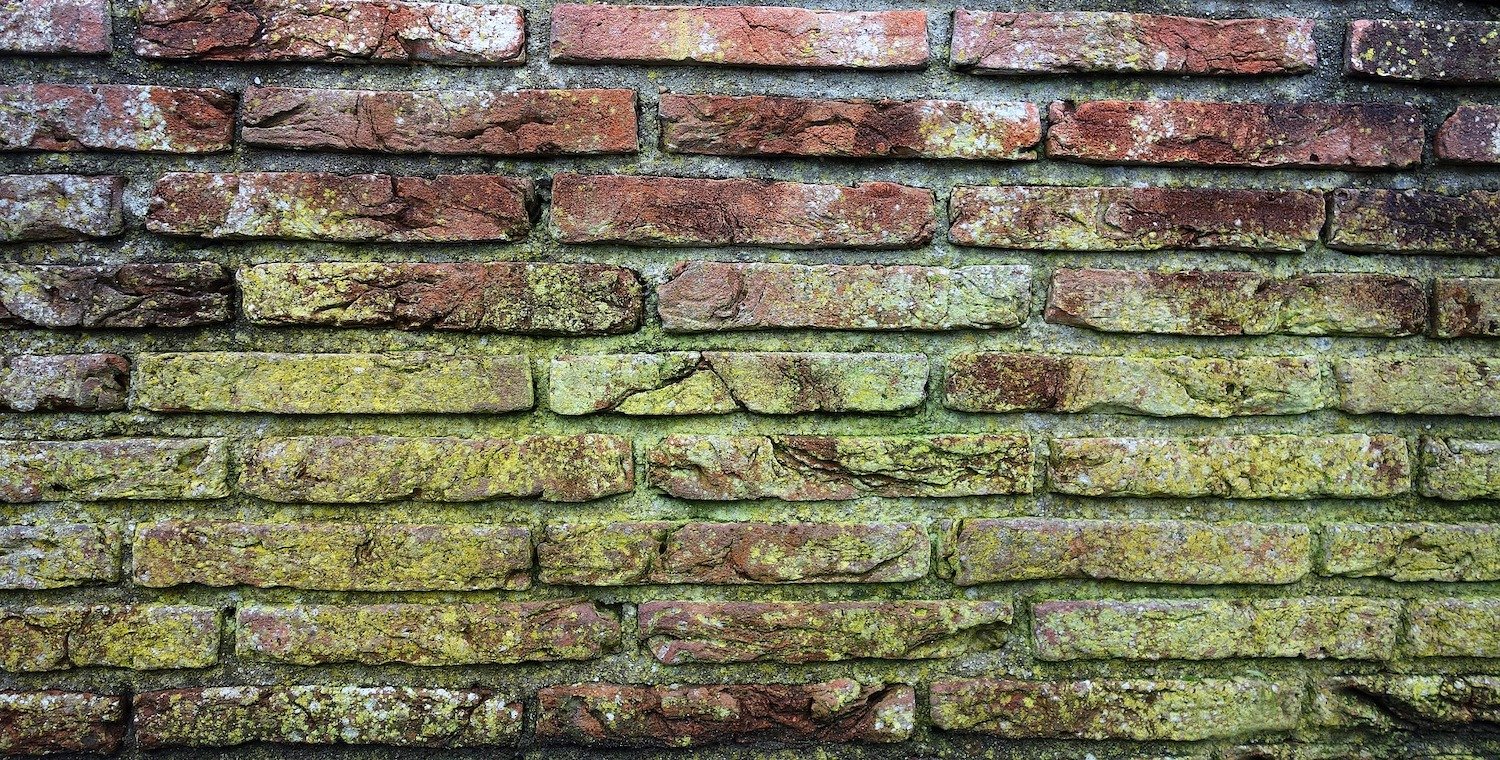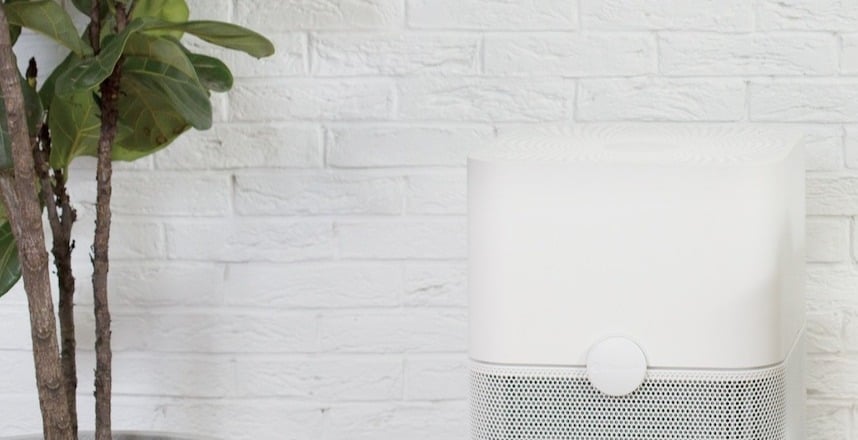Newsletter
A breakdown of the products that will help you improve your home’s air quality—automatically.
We live in a technology-driven, automated world. So why not use those advances to improve one of the most important environments in your life—your air quality. Technology has put all the information about your air at your fingertips. From air quality apps that monitor several different pollutants to home automation that can detect unhealthy air levels, tech gadgets can keep us engaged, informed, and healthier in our homes. We’ll take a look at the tech products on the market that will have you breathing easier and how you can make them all work together using your smartphone.
Air Quality Apps
You don’t have to break the bank to get reliable outdoor air quality information. Several apps connect you with real-time air pollutant levels in hundreds of cities—for free. Here’s a breakdown of three free air quality apps and what makes them different.
- EPA AirNow App — With this app, you can get real-time air quality index (AQI) readings from 300 cities in the United States. The app (available for iPhone and Android) uses your location or a provided zip code to give you the ozone and PM2.5 readings for today and tomorrow. The real-time maps update every hour. AirNow also offers an RSS feed, email, or cell phone alerts.
- SAFAR-Air — The government of India created the first ever air quality forecasting system for metropolitan cities in the country. The ultimate objective of this project is to increase public awareness about air quality so that people can take precautions to protect themselves. SAFAR stands for System of Air Quality and Weather Forecasting And Research. The free app monitors air quality in four major cities and the localities within each city. It is available in several languages.
- Kaiterra App — The Kaiterra app helps you understand what’s happening in the air around you, both indoors and out. With this free app, you can view outdoor air data from over 10,000 cities and monitoring stations in 65 countries. You also can switch between three different AQI standards (US, China, and India). If you own a Kaiterra air quality monitor, you can use the app to send push notifications to let you know when pollution levels in your home rise. When connected with IFTTT, it enables your smart home to automatically take specific actions that will help you improve your home air quality on polluted days. You can download the Kaiterra app from the Apple App Store or the Google Play Store.
Purifying Your Air
An air purifier is a great place to start as you make changes to create a healthier indoor environment for you and your family. There are five basic types of air purifiers. The right one for you depends on the kind of air quality issue you are trying to solve in your home.
- HEPA (High-Efficiency Particulate Air) Filtration - HEPA filters are your best bet if you have allergy sufferers or asthmatics living in your home. A true HEPA filter will grab hold of pet dander, pollen, dust, and even mold. Filters will need to be changed. It’s important to know that HEPA filters will not remove unpleasant odors and that the HEPA label is sometimes thrown around loosely. You will come across products labeled ‘HEPA-Like’ or ‘HEPA Type’. Look for products that say just say ‘HEPA’ or ‘True HEPA’ to make sure your air purifier meets the U.S. Department of Energy standards of removing at least 99.97 percent of fine particulate matter. Always look for an authentic HEPA product when buying a stand-alone air purifier for a nursery or for an asthma sufferer’s room.
- Negative Ionization - Ionic air purifiers have positive attributes and potentially health-hazardous negatives. They use negatively charged ions to electrify bits of pet dander, dust, and pollen. The negatively charged particles are then attracted to the air purifier’s positively charged core like a moth to a light bulb. These purifiers are usually quiet and can nicely blend in with your home decor. Ionic air purifiers will never live up to the strength of a HEPA air filter. The Environmental Protection Agency says the purifiers’ inside plates need to be kept clean in order to keep working efficiently. Some ionic purifiers suck in one pollutant and give off another—ozone. Ozone is a lung irritant. Some purifiers create it as a byproduct and others create it intentionally. The EPA recommends avoiding ozone-producing air purifiers.
- Ozone Air Purifiers - We just told you ozone is a lung irritant, so why are there ozone air purifiers? These purifiers are experts at removing odors and killing mold and mildew, but it should never be used in an occupied home. California banned them altogether. Ozone air purifiers are most suitable used by cleaning professionals. They can be helpful in an empty house that suffered flood or sewage damage. Breathing in even low levels of ozone can be harmful to your health and can cause premature death. Any advertising that says an ozone generator helps allergy sufferers is false.
- Activated Carbon Filters - A carbon filter may be for you if you are constantly battling unpleasant smells in your home from your kids’ sports bags, the muddy dog, and your in-law’s choice of cooking spices. A carbon filter does the best job capturing the scents that make you cringe. Carbon air purifiers remove gases or volatile organic compounds (VOCs). VOCs are up to ten times higher in your home. They are omitted from household products like cleaning items, cosmetics, paint, and disinfectants.
- UV (Ultra Violet) Lights - UV technology is usually an added bonus on the air purifier of your choice. It uses light to attract and trap viruses, bacteria, and germs.
Balancing Your Air
Air humidifiers and purifiers are not one and the same, but they both benefit people who have breathing sensitivities. Humidifiers are great during the winter months when heating your home can dry out your sinuses, crack your lips, cause nose bleeds, and irritate your throat and lungs. Humidifiers add moisture back into your home’s air. That said, it can only get rid of the dryness in the air and doesn’t remove pollution particles. Here’s a breakdown of three types of humidifiers and what makes them different.
- Evaporative Humidifier — These humidifiers need to be filled with water, checked frequently, and cleaned often, but they are affordable. It turns water into a fine mist to increase the level of humidity in your home.
- Cool Mist Humidifier — Sometimes referred to as an Impeller Humidifier, this type is ideal for those living in a warmer climate. It operates similarly to an evaporative humidifier, but it uses a disc to fling water at the diffuser. This breaks the water into droplets that float into the air.
- Ultrasonic Humidifier — You don’t have to worry about a water tank with these humidifiers. The tradeoff? Ultrasonic machines produce dust because it lacks a filter. These humidifiers use vibrations to create a fine mist.
Monitoring Your Air
Air quality monitors place all the information about your air in one, easy to read product. Different monitors can track harmful pollutants in the air like PM2.5 and TVOCs. PM2.5 refers to particle matter or fine particles that can be inhaled deep into the lungs. TVOCs (total volatile organic compounds) are chemicals emitted into the air. Paint and household cleaners emit TVOCs. The EPA says advancements in air quality monitoring technology has lead to more affordable monitors that you use around your home, in your car, and while you travel.
Here are three things to consider when looking for an air quality monitor:
- Accuracy — It’s essential that the quality and calibration of the sensors within the monitor accurately track the pollution levels in your home. If the device isn’t able to provide reliable data, then you won’t know if the efforts you’re making to improve your air are working as intended.
- Connectivity — Being able to easily connect your device is an essential quality of a good air monitor. Look for monitors that can support Apple HomeKit, IFTTT (If This, Then That) and other home automation platforms. With a connected device, you’ll be able to sync your air monitor, purifier, and humidifier to turn on and off automatically based on the readings.
- Readability — Understanding your air should be straight forward and simple. If it’s not easy to understand the information that the monitor is providing, then you won’t be able to apply that knowledge to enhance your air.
Technology can help you create the healthiest air quality environment for you and your family. Whether it’s awareness through the use of an app or action through an air purifier, you are taking the first steps to breathe easier.






.png?width=200&height=148&name=Menu%20C%20(2).png)

.png?width=307&height=228&name=Menu%20-%20D%20(1).png)
.png)




